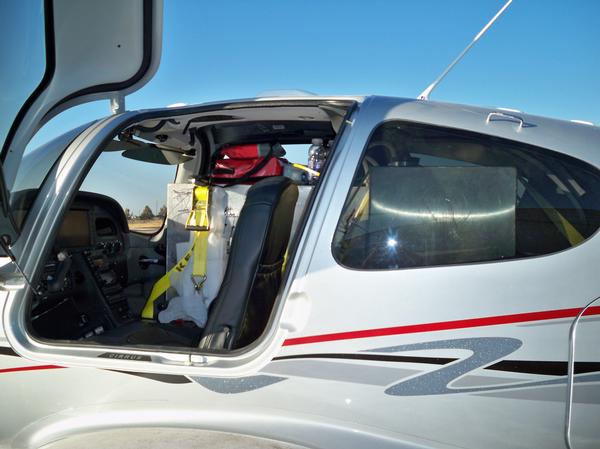Kiddo's Driver
Pattern Altitude
- Joined
- Oct 5, 2013
- Messages
- 1,500
- Location
- Somewhere in the Southeast
- Display Name
Display name:
Jim
I'm not sure I would EVER want to point a small GA aircraft at low altitude at any navel vessel. The CIWS doesn't know you're a nice guy.
Unless they have updated the software, it would not see most GA aircraft as a threat. They COULD put it in manual or use the sea sparrows...
I meant in a case like this where there were hours to find a suitable place to ditch.
But a quick search showed carrier landing lengths of 300' (seems short) or 1,000'. A Cirrus under the right conditions could possibly handle the latter.
USS (CVN-72) Abraham Lincoln is 1093 ft stem to stern, IIRC. The ship can do in excess of 30 knots, plus turn it into a headwind and you could land like a helicopter if your stall speed is low enough. Normal operations had us trying to keep 30 knots across the deck. I've seen in excess of 50 knots across the deck when we were bringing in an F-14 with split flaps.
Jim
Last edited:




